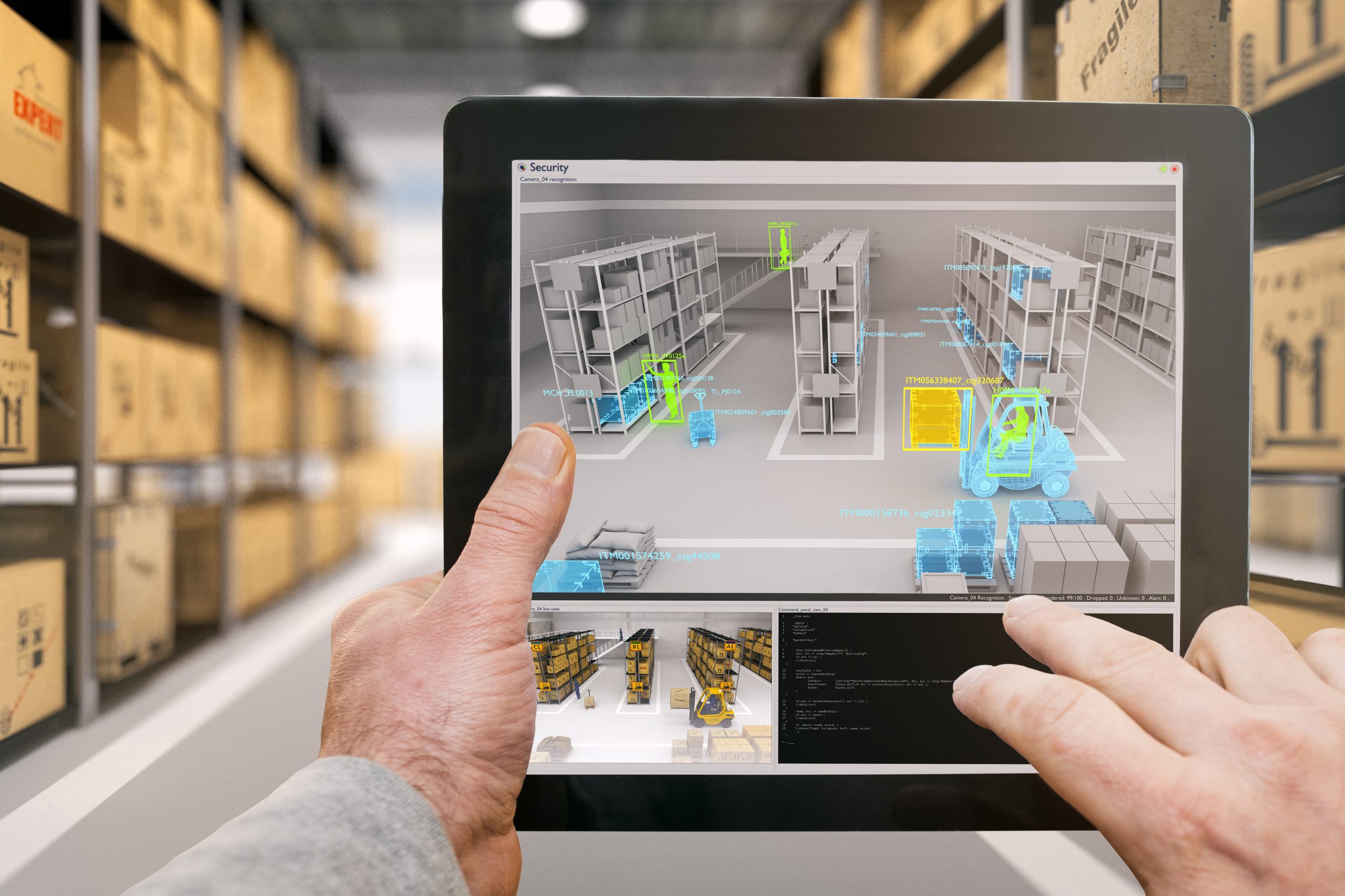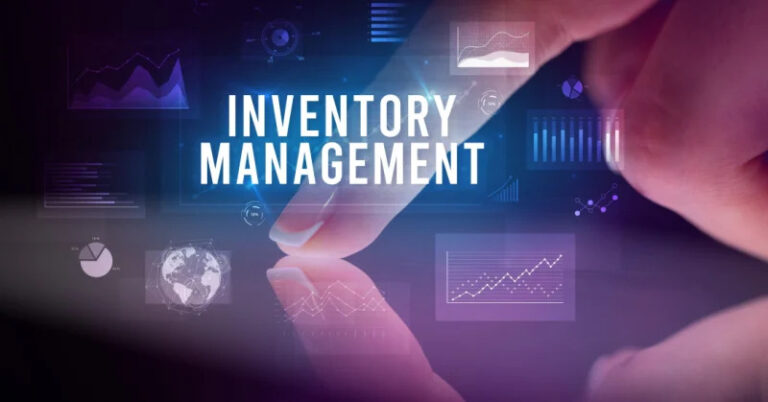AI for Real-Time Monitoring and Control in WMS
- Why WMSOne Stands Out In Warehouse Management - December 30, 2024
- The Future of Warehouse Inventory Management in 2025 - December 9, 2024
- Cold Storage Warehouse: Keeping Food Fresh And Safe - October 3, 2024
Background
In the rapidly evolving logistics sector, AI WMS Monitoring is revolutionizing warehouse management systems. A leading warehousing and logistics provider faced numerous challenges in maintaining the efficiency and accuracy of their large-scale operations. Managing multiple warehouses across North America, each handling thousands of shipments daily, required a robust system capable of real-time monitoring and control. Manual processes led to delays, errors, and increased operational costs, necessitating a more advanced solution.
The company’s primary goals were to enhance visibility into warehouse operations, streamline workflows, and reduce errors. To achieve these objectives, they decided to integrate Artificial Intelligence (AI) into their Warehouse Management System (WMS). This case study explores the implementation process and the resulting benefits.
Implementation
The company partnered with an AI technology provider to develop a comprehensive real-time monitoring and control system integrated with their existing WMS. The implementation included several key components:
1. AI-Powered Cameras and Sensors:
- Installation: AI-enabled cameras and sensors were installed throughout the warehouses to monitor activities in real-time. These devices captured data on inventory levels, equipment status, and worker movements.
- Data Collection: The sensors collected vast amounts of data, which was then processed by AI algorithms to provide real-time insights into warehouse operations.
2. Real-Time Data Analytics:
- Integration: AI algorithms were integrated with the WMS to analyze data from the cameras and sensors continuously. This integration allowed for the real-time tracking of inventory, equipment, and workflow efficiency.
- Insights: The AI provided actionable insights, such as identifying slow-moving inventory, predicting stockouts, and optimizing storage locations based on historical data.
3. Automated Alerts and Notifications:
- Anomaly Detection: The team configured the AI system to automatically detect anomalies, such as equipment malfunctions, inventory discrepancies, and safety hazards.
- Notifications: When the system detected issues, it sent instant notifications to warehouse managers, enabling quick responses to potential problems.
4. Dynamic Workflow Optimization:
- Route Optimization: AI was used to dynamically adjust workflows based on real-time data, optimizing picking and packing routes to reduce travel time for workers and enhance productivity.
- Task Allocation: The system intelligently allocated tasks to workers based on their proximity to items and their current workload, balancing efficiency and workload distribution.
5. Predictive Maintenance:
- Monitoring: AI-driven predictive maintenance monitored the condition of warehouse equipment, such as forklifts and conveyor belts.
- Forecasting: By analyzing patterns and trends, the AI predicted potential equipment failures, allowing maintenance to be scheduled proactively, minimizing downtime.
Results
The AI implementation in the company’s warehouses led to significant improvements in various areas:
1. Increased Operational Efficiency:
- Error Reduction: Real-time monitoring and control reduced manual errors, streamlining operations and increasing overall efficiency.
- Productivity Gains: Warehouse productivity increased by 20%, with faster order processing and fewer delays.
2. Enhanced Inventory Accuracy:
- Precision Tracking: Real-time data analytics provided precise tracking of inventory, significantly improving accuracy.
- Inventory Optimization: Inventory accuracy improved by 15%, reducing instances of overstock and stockouts, leading to better inventory management.
3. Reduced Operational Costs:
- Downtime Reduction: Automated alerts and predictive maintenance reduced equipment downtime by 30%, lowering maintenance costs and minimizing operational disruptions.
- Cost Savings: The overall cost savings were substantial, contributing to improved profitability.
4. Improved Safety and Compliance:
- Safety Monitoring: AI systems continuously monitored safety conditions, ensuring compliance with safety standards and reducing workplace accidents.
- Accident Reduction: The number of workplace accidents decreased by 25%, creating a safer work environment for employees.
5. Better Decision-Making:
- Informed Decisions: Real-time insights enabled warehouse managers to make informed decisions quickly, enhancing operational responsiveness.
- Resource Allocation: Enhanced visibility into operations allowed for more effective resource allocation and planning, optimizing labor and equipment use.
Challenges and Solutions
Implementing AI for real-time monitoring and control in WMS came with its own set of challenges:
1. Data Integration:
- Challenge: Integrating AI with existing WMS required seamless data integration to ensure real-time data flow and analysis.
- Solution: The company worked closely with the AI technology provider to develop custom APIs and data pipelines, ensuring smooth integration and real-time data synchronization.
2. Employee Training:
- Challenge: Employees needed to adapt to the new AI-driven systems and processes.
- Solution: The company conducted comprehensive training programs to familiarize employees with the new technology, emphasizing its benefits and providing hands-on experience with the new tools.
3. Scalability:
- Challenge: Scaling the AI implementation across multiple warehouses required careful planning and coordination.
- Solution: The company adopted a phased implementation approach, starting with a pilot program in one warehouse, addressing any issues, and then scaling the solution to other locations.
Conclusion
This case study demonstrates the transformative impact of AI for real-time monitoring and control in Warehouse Management Systems. By leveraging AI technologies, the company significantly improved operational efficiency, inventory accuracy, and overall productivity. The successful implementation of AI not only resolved existing challenges but also positioned the company for future growth and competitiveness in the warehousing and logistics industry.
The case study highlights how AI can be a game-changer for warehouse management, offering real-time insights and automation that drive substantial operational improvements. As AI technology continues to evolve, more companies are likely to adopt similar solutions to enhance their warehouse operations and gain a competitive edge.




